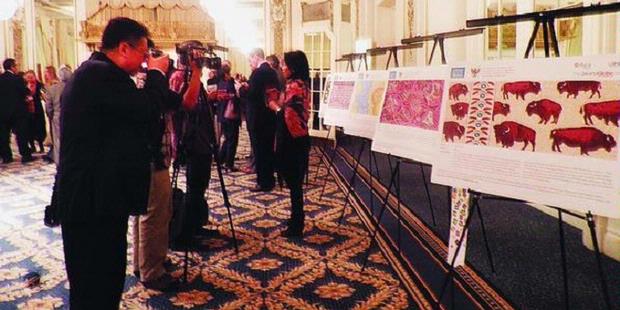
Quality control is no easy feat, especially amid the unrelenting cost challenge. To help textile manufacturers optimize production efficiency and reduce costs, Uster has developed the new Quantum 3 yarn quality assurance system, as well as its new "Total Testing" approach, which ATA Journalhad a glimpse at the company's stand at the recent ITMA 2011 exhibition in Barcelona, Spain.
Quantum 3: smart clearing technology
The Quantum 3 is Uster's latest clearer system that measures, analyzes and proposes how the yarn on the winding machines can be tailored to the spinner's quality and productivity needs, hence allowing textile manufacturers to optimize production efficiency and reduce costs. Equipped with new capacitive, optical and foreign matter sensors and powerful processing electronics, the system shows, for the first time ever, the full yarn body, that is, normal yarn with its set of expected tolerable natural variations. The new foreign matter sensor has multiple light sources to detect new colored foreign fibers and to help separation of colored foreign fibers from mostly non-disturbing vegetable matter. The contamination package of the product is completed by a brand new polypropylene clearing option.











